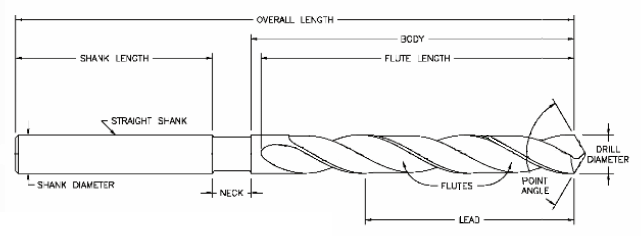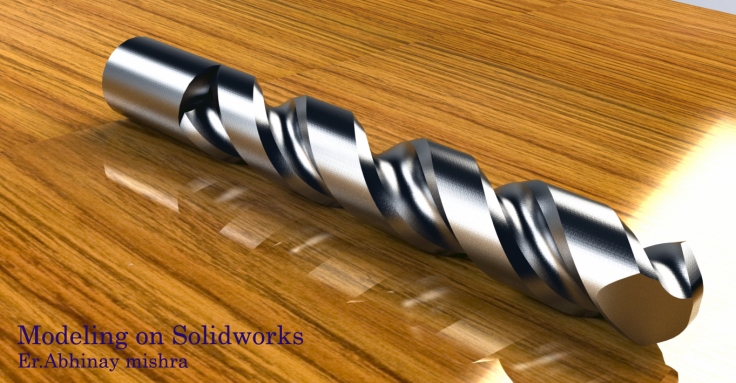
STAAD Pro V8i
STAAD or (STAAD.Pro) is a structural analysis and design computer program originally developed by Research Engineers International at Yorba Linda, CA in 1997. In late 2005, Research Engineers International
An older version called Staad-III for Windows is used by Iowa State University for educational purposes for civil and structural engineers

The commercial version, STAAD.Pro, is one of the most widely used structural analysis and design software products worldwide. It supports several steel, concrete and timber design codes.
Projects on STAAD Pro V8i
- Building structures with Interactive RCC Design & steel design
- Bridge design
- Water tank design
- Stairs design
- Dam wall design
what is the difference between Grey Cast Iron & White Cast Iron ?
Grey Cast Iron is a type of Cast iron. The Grey colour is due to the fact that the carbon is Present in the form of free Graphite. It has low tensile strength, high compressive strength and no ductility.
A very Good property of Grey cast iron is that the free graphite in it’s structure act as a lubricant. Due to this reason it is very suitable for those parts where sliding motion is desired.
White Cast Iron is also a type of Cast iron. The white colour is due to the fact that it has no graphite and whole of the carbon is in the form of carbite ( known as cementite ) which is the hardest constituent of iron. The white cast iron have high tensile strength and low compressive strength. Since it is hard.
What is Machine Design?It’s Classification?, General consideration & It’s general Procedure?
The machine design is the creation of new and better machines and improving the existing ones.A new & better design is one which is more economical in overall cost & production.
It is necessary to have a good knowledge of many subjects such as Mathematics , Engineering Mechanics, Strength of Material, Theory of Machines, Workshop process & Engineering Drawing.
Beside these subjects some CAD CAM CAE Softwares are also Very essential for practical…..
- AutoCAD
- Creo/ProE
- Solidworks
- CATIA
- Ansys Workbench
- NX CAD CAM
- Inventor Fusion
Classification of Machine deaign?
- Adaptive design
- Development design
- New design.
Adaptive design.
This type of design need no special knowledge or skill and can be attempted by designers of ordinary technical training. The designer only makes minor intonation on modification in the existing designs of the product.
Development design.
This type of design need considerable scientific training and design ability in order to modify the existing designs into a new idea by adapting a new material or different method of manufacture.
New design.
This type of design needs lot of research technical ability and creative thinking. only those designers who have Personal qualities of a sufficiently higher order can take up the work of a new design.
The design depending upon the method used may be as follows…..
- Rational design
- Emperical design
- Industrial design
- Optimum design
- System design
- Element design
- Computer aided design.

First Angle Projection & Third Angle Projection
First Angle Projection is commonly used in all countries other than United States. The Indian Standard Institution (ISI) recommend the use of First Angle Projection method now in all the institutions.
Third Angle Projection is commonly used in United States of America.
There are two ways ofdrawing in orthographic – First Angle and Third Angle. They differ only in the position of the plan, front and side views.
Difference between First Angle & Third Angle Projection
first angle of projection: here object is placed in first quadrant it means object is placed in between theobserver and the plane.what ever shape observed from the front u r going to project on the plane which is situated at back side of the object.
third angle of projection : here object is placed in first quadrant it means plane is placed in between the observerand the object. what ever shape observed from the front u r going to project on the plane which is situated in front of the object.
What is Drill Tool Bit ?
High-speed steel (HSS) is a form of tool steel; HSS bits are hard and much more resistant to heat than high-carbon steel. They can be used to drill metal, hardwood, and most other materials at greater cutting speeds than carbon-steel bits, and have largely replaced carbon steels.

Different types of Materials For Drill tool bits
Materials used to make drill bits:
- Carbon Steel –
- High Speed Steel (HSS) –
- Cobalt Steel –
- Tool Steel w/ Carbide Tips –
- Solid Carbide
Coatings used on drill bits:
- Black Oxide – The most economical coating. Black oxide adds corrosion protection, increases tempering and stress relieving of the bit, reduces galling and chip welding, and aids in retaining drilling lubricants. Black oxide is suitable for drilling iron and steel but is not recommended for drilling aluminum, magnesium, or similar materials.
- Bronze Oxide – Bronze oxide increases tempering and stress relieving of the bit and is generally used alone to visually identify cobalt steel or with black oxide to identify better grades of high speed steel.
- Titanium Nitride (TiN) – A more expensive coating that increases the hardness of the bit and provides a thermal barrier resulting in increased production rates and longer tool life in harder materials. TiN also provides the same benefits as black and bronze oxide. TiN coated bits are suitable for drilling iron and steel as well as aluminum, magnesium, etc.


























